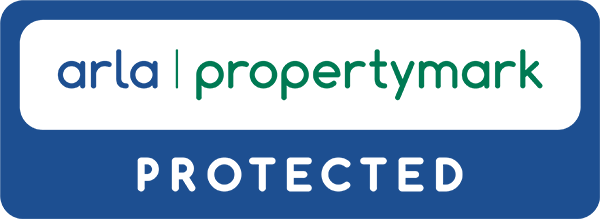Fire Safety (England) Regulations 2022
The Fire Safety (England) Regulations 2022 came into force on 23 January 2023, adding additional measures to the Fire Safety Act 2021 in England. The measures include the need for fire doors in buildings with multiple residencies, extra measures for building over 11 metres and specific duties for high rise residential buildings.
The Fire Safety (England) Regulations 2022 have been introduced under Article 24 of the Regulatory Reform (Fire Safety) Order 2005 (Fire Safety Order) and have been in force since 23 January 2023. The new regulations have come out of recommendations made in the Grenfell Tower Inquiry report and apply to the following buildings in England:
- High-rise residential buildings
- Residential buildings with storeys over 11 metres in height
- All multi-occupied residential buildings with two or more sets of domestic premises
What does this mean for landlords?
The fire safety legislation in England and Wales regulates buildings and sets out the fire safety management responsibilities of a building. As well as all non-domestic premises, the legislation includes the non-domestic parts of multi-occupied residential buildings including the internal or communal areas of blocks of flats as well as houses converted into two flats or into houses in multiple occupation. The Fire Safety Order requires that a responsible person undertakes, and regularly reviews, a fire risk assessment of the building and maintains precautions that manage the risk of fire.
Just who the responsible person is depends on the type of property. In residential buildings someone will likely be the responsible person if they own the building, but only in relation to the non-domestic parts, such as the freeholder or landlord, but it could be someone who has control over the building, such as the managing agent, landlord or letting agent. It's important therefore to make sure that you know who is defined as the responsible person.
What are the duties of the responsible person?
Multi-occupied residential buildings
Responsible persons for all multi-occupied residential buildings with two or more sets of domestic premises are required to:
- Provide residents with information relating to the importance of fire doors in fire safety.
- Provide relevant fire safety instructions to their residents, including instructions on how to report a fire and what a resident must do once a fire has occurred, based on the evacuation strategy for the building.
This information must be provided to all residents every 12 months. A new resident must get the information as soon as reasonably practicable after that they have moved into the property.
Multi-occupied residential buildings over 11 metres
Responsible persons in multi-occupied residential buildings which are above 11 metres in height but under 18 metres, will additionally need to:
- Undertake annual checks of flat entrance doors and quarterly checks of all fire doors in the common parts.
- Provide relevant fire safety instructions to all residents, including how to report a fire and how to proceed if a fire has occurred.
- Provide residents with information on the importance of fire doors in fire safety.
High-rise residential buildings
In high-rise residential buildings, the responsible person must provide information to Fire and Rescue Services to assist them to plan and, if needed, provide an effective operational response. The duties include:
Provide up to date information to local Fire and Rescue Service:
- Electronic building floor plans
- The design and materials of external wall system alongside any material changes to these walls.
- The level of risk of fire due to the materials and structure of the external walls, alongside any mitigating steps taken
- Reports on any faulty lifts or firefighting equipment – as soon as recorded if they cannot be fixed within 24 hours.
Install a secure information box that includes:
- Hardcopies of the floor plans
- A general building plan that identifies location of firefighting equipment
- Name and contact details of the responsible person
Monthly checks on:
- The operation of lifts designed to be taken by firefighters or evacuation lifts
- The functionality of firefighting equipment
Inform residents on:
- Outcomes of checks to lifts and firefighting equipment
Ensure there is sufficient wayfinding signage that is visible in low light or smoky conditions that identifies flat and floor numbers in the stairwells.
What do tenants need to know?
As part of the fire risk assessment, a fire action plan should be produced that advises about the necessary changes to the fire safety arrangements for the building, if any are required, such as timescales for completion of any recommended actions by the responsible person. This usually means a standard fire safety notice, but otherwise a separate plan of information for the building may be required.
How are the rules enforced?
Where a responsible person or duty holder breaches the Fire Safety Order, they may be subject to an enforcement notice or prosecution. Under the Order, local fire and rescue services can inspect premises and issue enforcement notices. Additionally, prohibition notices can also be issued which restrict or stop the use of the building. In the case of a fire, legal action can be taken against the responsible person if it can be shown that guidance was not followed.
More information about fire safety
Fire Safety (England) Regulations 2022
Fire Safety (England) Regulations 2022 Government Guidance
Call 0161 511 5339 or contact us to speak to one of our lettings specialists about the fire safety legislation and what your responsibilities as a landlord are.
This blog article is intended as a guide only, and does not constitute legal or fire safety advice.






